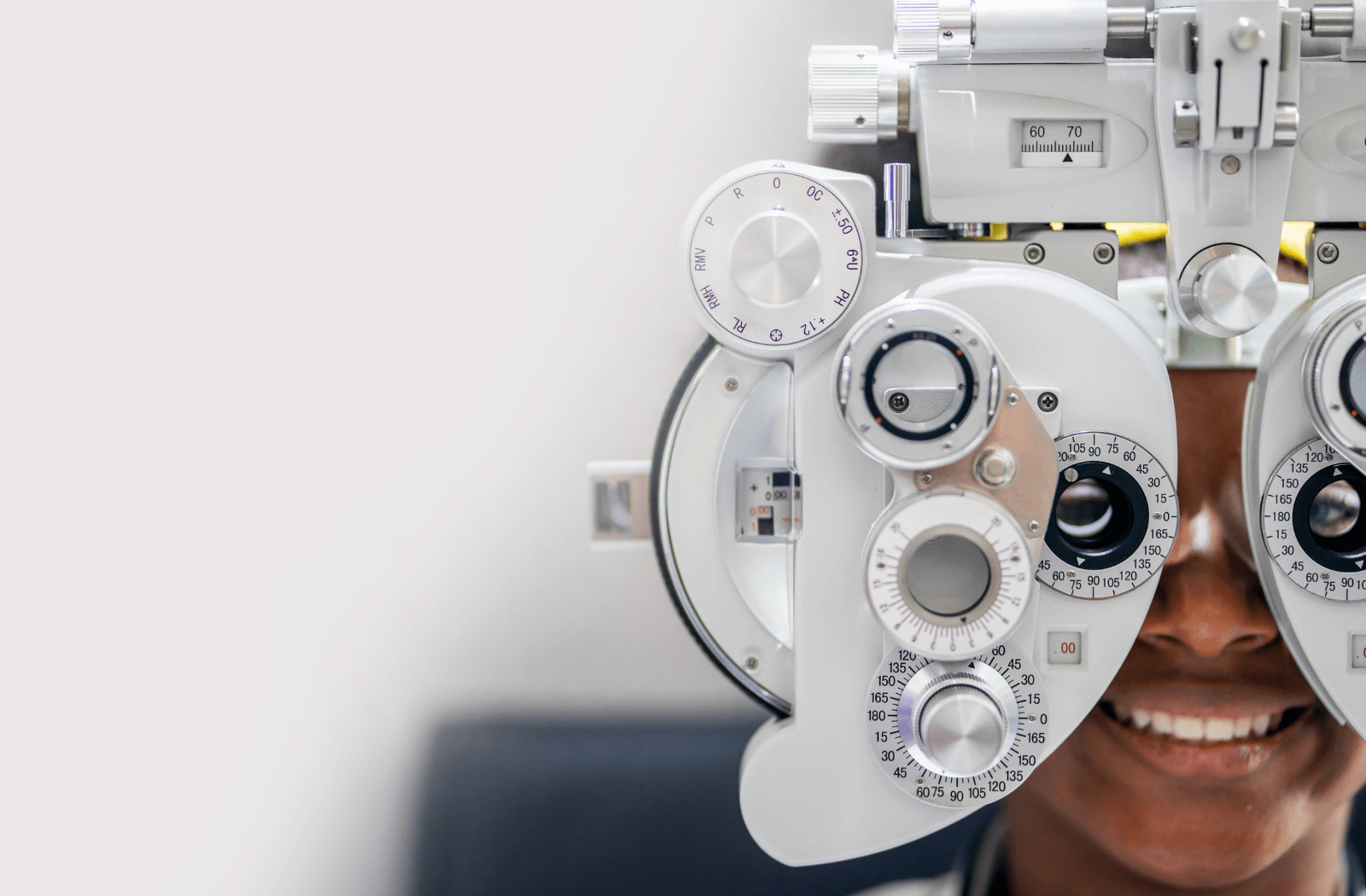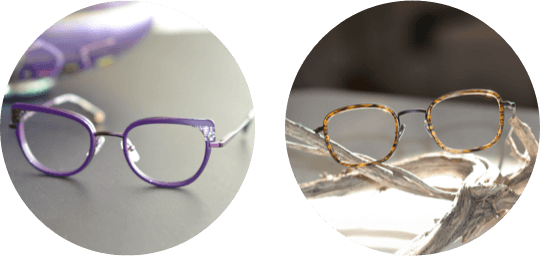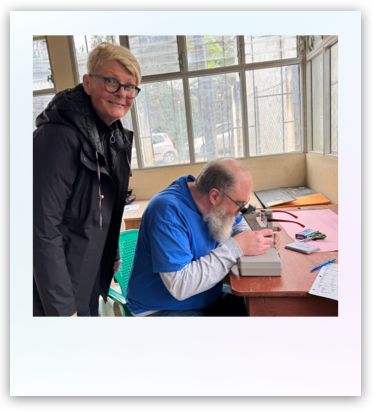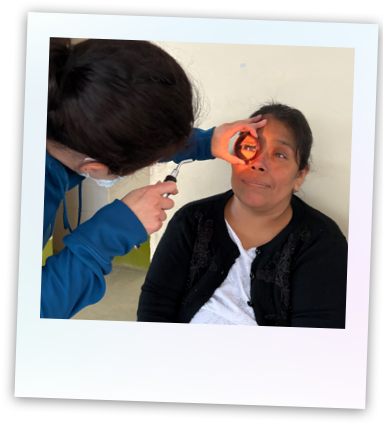Simply put, a comprehensive eye exam evaluates the health and function of your eyes. During an eye exam, your optometrist will check all parts of your eyes to check overall health and identify any eye conditions if present.
Eye exams for adults, seniors, and children provide a proactive approach to eye health. Early detection of vision problems and eye diseases can ensure prompt treatment and management to prevent further damage. So what does a comprehensive eye exam really entail? Let’s find out.
How Often Should You Get a Comprehensive Eye Exam?
Before we delve into what a comprehensive exam entails, let’s look at the frequency of regularly scheduled eye exams. Frequency can depend on family history of eye problems, age, and other factors.
At Airdrie Family Eye Doctors, we recommend children get their first eye exam at 6 months old, and then yearly after the first appointment.
Tests Conducted During a Comprehensive Eye Exam
If you’re a new patient, your eye doctor typically starts by asking questions about your vision, general health, history, and visual needs. For existing patients, it’s good to know if there’s any change in vision since your last eye exam.
Tests conducted by your eye doctor in a comprehensive eye exam can include but are not limited to the following depending on your history and signs and symptoms:
Visual Acuity
Visual acuity measures your eyes’ ability to see at varying distances, individually and together, with or without corrective lenses. It’s measured by reading the alphabet on a chart that goes smaller as you move down the chart.
The results of visual acuity testing are in a fraction. The top number is the distance of testing (20 feet), and the bottom number is the smallest letter size you are able to read.
Refraction
If the light doesn’t focus on the retina at the back of the eye, you can have a refractive error, which means you need correction to see clearly. It could be in the form of prescription glasses or contact lenses.
A phoropter and a retinoscope determine what type and amount of refractive error. Using a series of lenses, your eye doctor evaluates your eyes’ focusing power to measure the lens prescription or lens power that will provide the clearest vision.
Binocular Vision
Binocular vision is how well you see using both eyes together. This test sees how well both eyes coordinate, focus, move and work together to see a single clear image. It looks for problems where it’s difficult to use both eyes together or focus effectively. Vision therapy can help strengthen these skills.
Colour Vision
Many people are unaware they have colour vision deficiency. It is the inability to distinguish between certain shades of colour. A test for colour vision includes using multicoloured dot-pattern tests.
Visual Field Testing
The visual field test checks your peripheral and central visual fields. Peripheral vision is what you see on the sides without moving your eyes.
Retinal Exam
This test evaluates the back of the eye, such as the retina, optic disc, and retinal blood vessels. It helps to look for changes or rule out certain eye diseases.
Glaucoma Screening
Screening for glaucoma includes tonometry. This test measures the fluid pressure in the eye or intraocular pressure that, in glaucoma, damages the optic nerve. Most patients will be relieved to know there are alternative methods of measuring pressure that doesn’t include the air puff test.
Benefits of a Comprehensive Eye Exam
There are many benefits to a comprehensive eye exam if done regularly and more often if you are at high risk. You are at risk if:
- You have a family history of ocular disease
- Have health conditions that can manifest in the eyes
- You have an occupation that is hazardous to the eyes
- You take prescription medication with ocular side effects
- You have had previous eye surgery or an eye injury
- You have progressive refractive error
- You wear contact lenses
The benefits of an eye exam include:
- Maintaining a healthy vision with a proactive approach.
- Detect and monitor any eye conditions that further care.
- Determine any changes in your vision that require immediate attention.
- Evaluate your eyes for vision problems as you age, such as cataracts, glaucoma and macular degeneration.
Eye Exams for Healthy Vision
Unfortunately, not all vision and ocular conditions present noticeable signs or symptoms, which makes comprehensive eye exams all the more important. They can detect changes in vision and eye diseases early to initiate prompt and timely treatment.
Don’t delay. Book your eye exam with Airdrie Family Eye Doctors and take a proactive approach to protect your vision and quality of life.

























